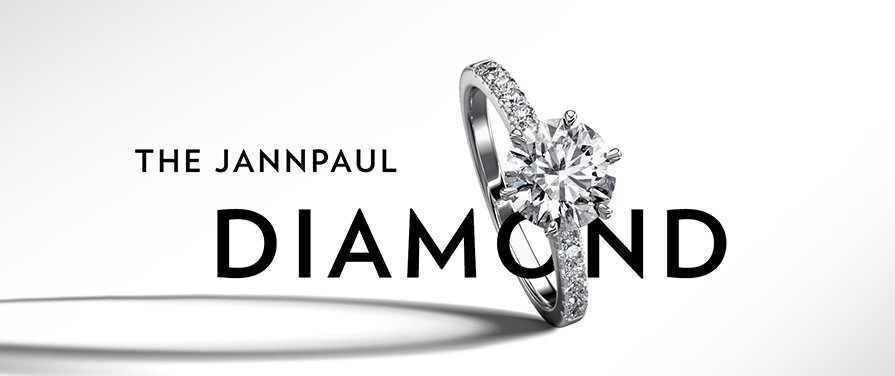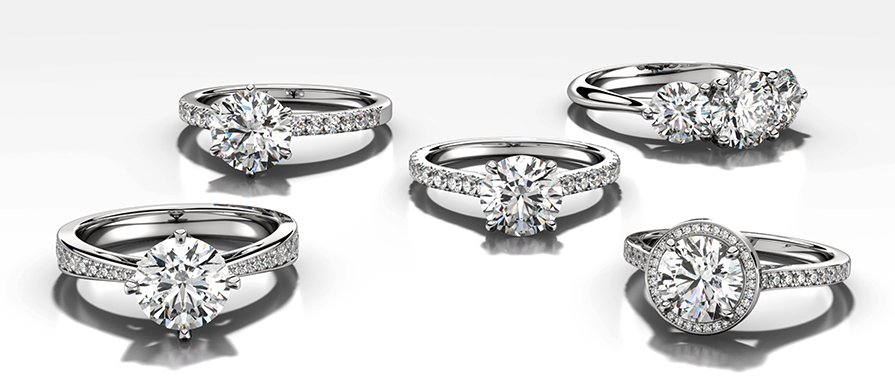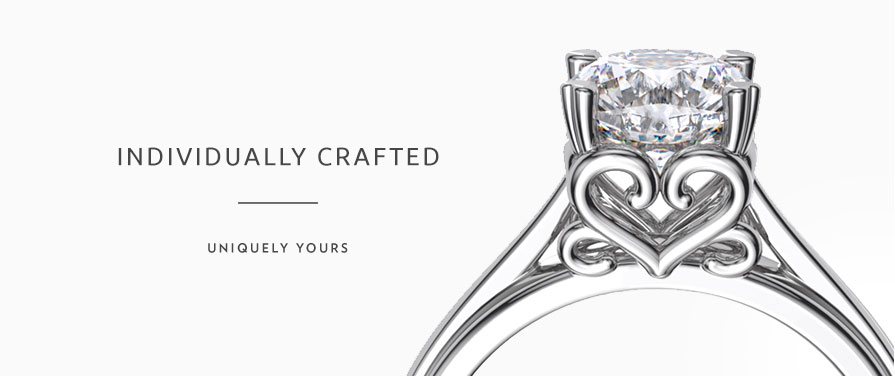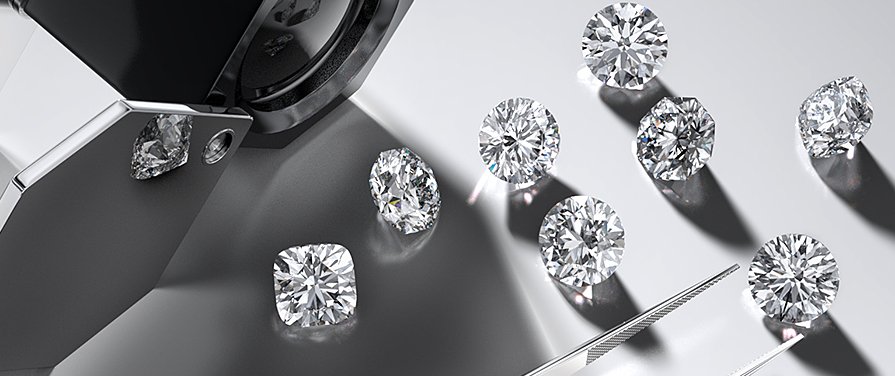Jannpaul
Engagement ring
Wedding band
Browse our selectionMedia
Explore our videosWhy Jannpaul
Find out moreEverything About JannPaul

Explore JP Unique Series Beauty

Explore The Shine

Create Your Unique Ring
 Solitarie
Solitarie
 Side Diamonds
Side Diamonds
 Sidestones
Sidestones
 Halo
Halo
 Verragio
Verragio

Everything About Diamond


Jannpaul
Engagement ring
Wedding band
Browse our selectionMedia
Explore our videosWhy Jannpaul
Find out more